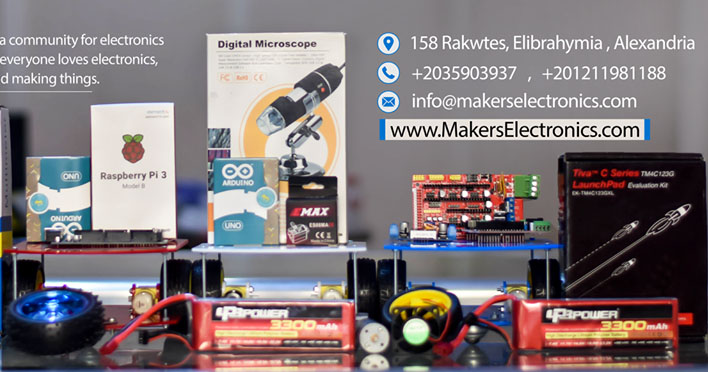Gaber Mohamed Boraey
Full Member level 5

Hello
I have that charger ,

which is Bosch brand , now it’s broke,
and I need make replacement circuit do same function
The battery are 3 li-ion in series with 1.8 ah, I think
I’ve found that module , please look at the link

 makerselectronics.com
makerselectronics.com
This module take different input voltage, and provide up to 5 ampere, I will use charging current for about 450 ma, which is 25% the battery capacity , maybe less
And the charging voltage I will set to 12.6 v , which is 4.2 v *3 ,
My question, powering this module with this adapter enough?

 makerselectronics.com
makerselectronics.com
Regards
I have that charger ,
which is Bosch brand , now it’s broke,
and I need make replacement circuit do same function
The battery are 3 li-ion in series with 1.8 ah, I think
I’ve found that module , please look at the link

XL4015 Step Down DC Module with CV/CC Control | Makers Electronics
Description The XL4015 is an adjustable DC-DC Step-Down power supply buck converter module with adjustable constant current (cc) and constant voltage (cv) adjustment. The module is a 300KHz set frequency step-down PWM buck DC-DC module that can handle an adjustable load range of 0-5A (maximum)...
This module take different input voltage, and provide up to 5 ampere, I will use charging current for about 450 ma, which is 25% the battery capacity , maybe less
And the charging voltage I will set to 12.6 v , which is 4.2 v *3 ,
My question, powering this module with this adapter enough?

Adapter 9V 2A with Dual Jack | Makers Electronics
Features: This product is a universal 9V 2A 18W external conversion power adapter. Wide input range, high precision voltage. Input: 110~240V AC 50/60Hz Output: DC 9V 2A Cable Length (Approx.): 90cm Input Connector Standard: (EU Plug) DC plug Dimension: 5.5mmx2.5mm and 4mmx1.7mm DC conduction...
Regards

